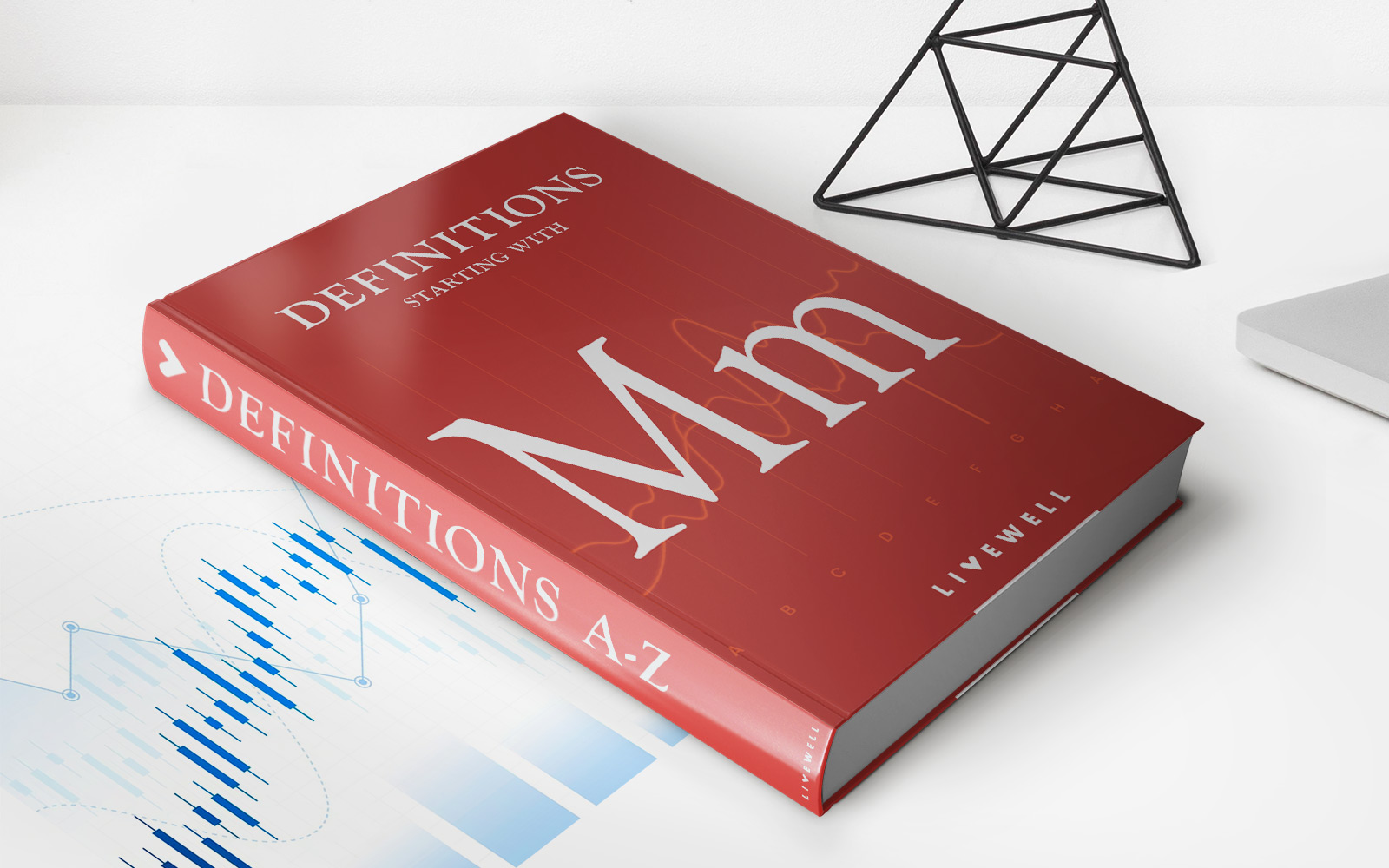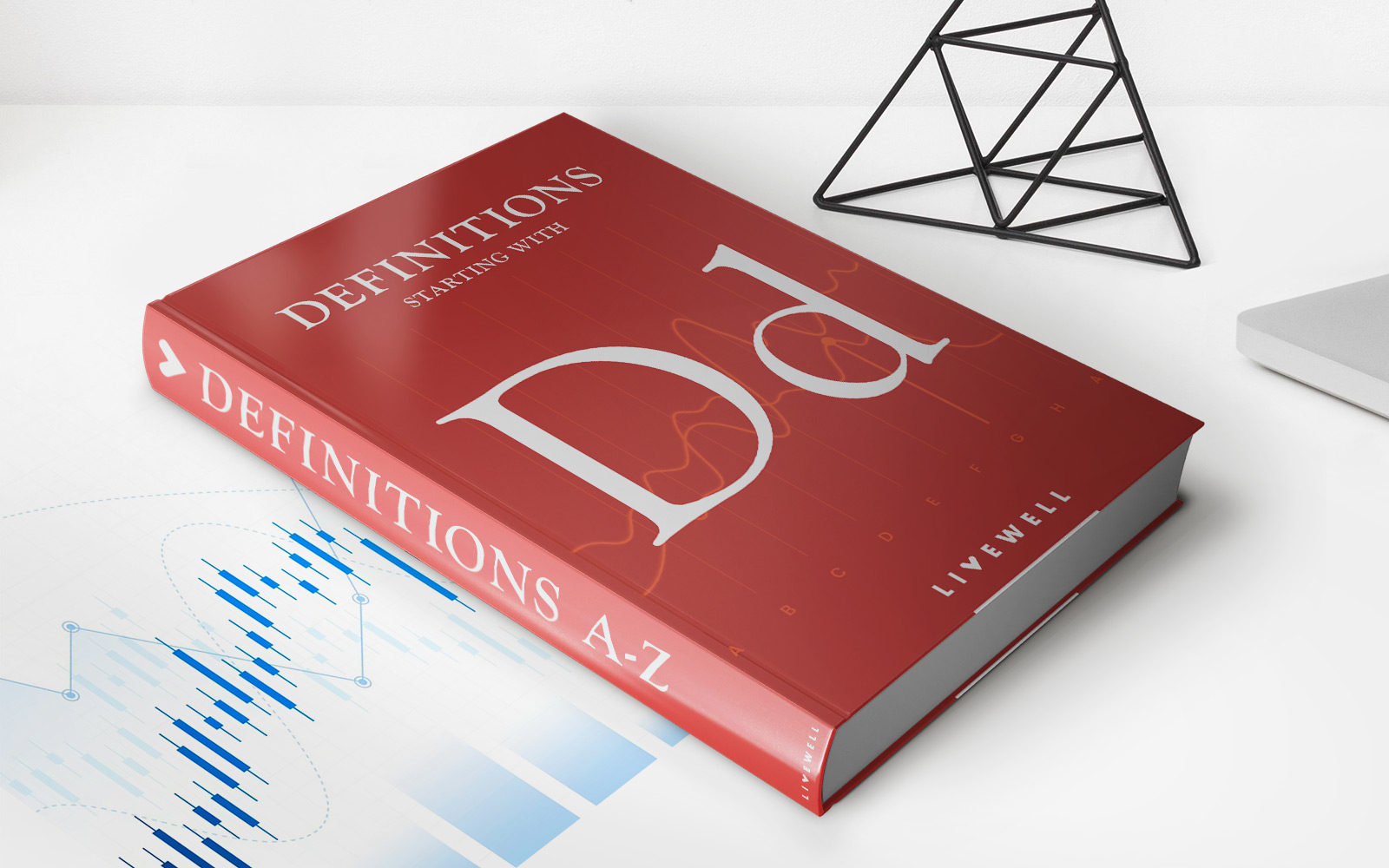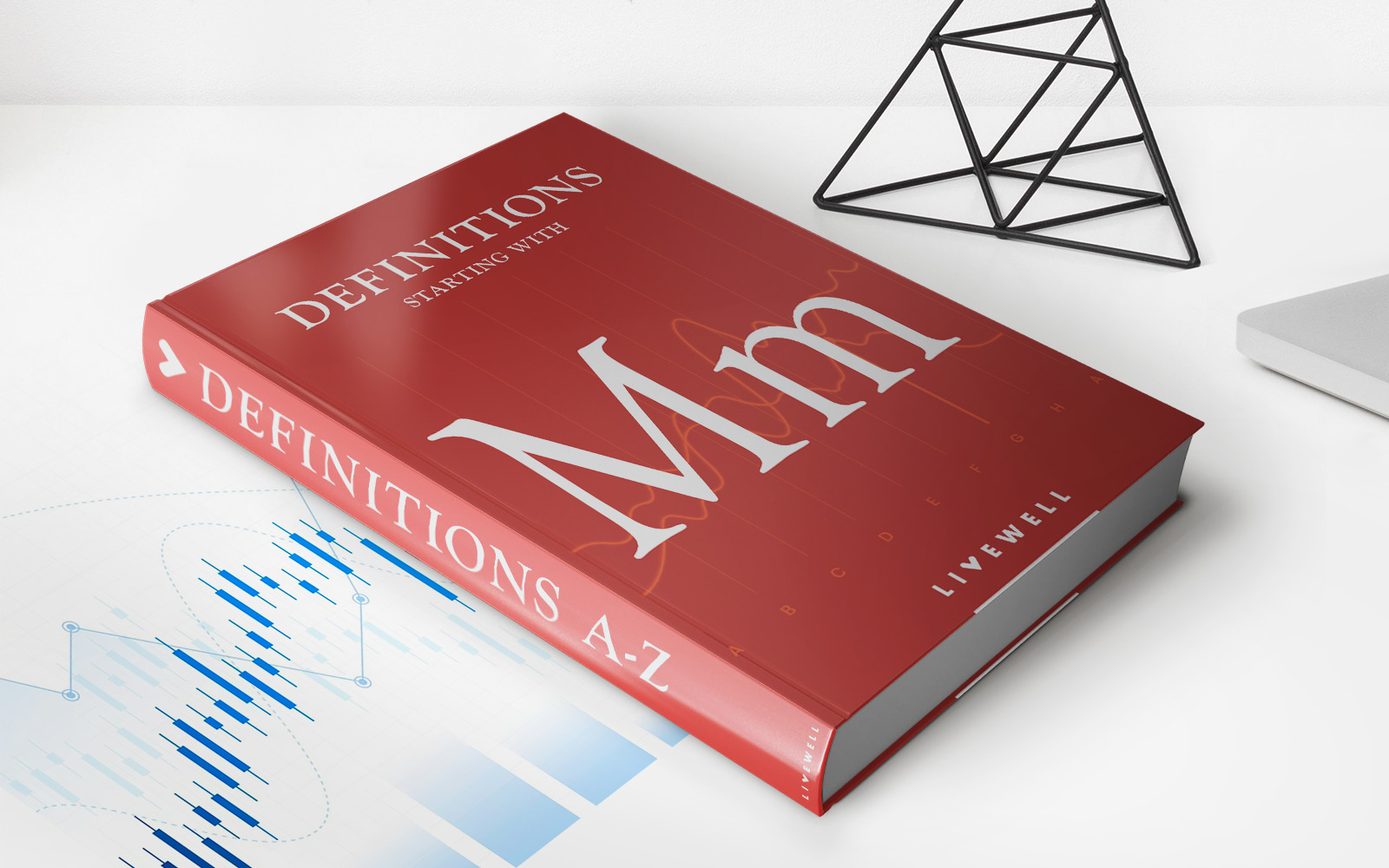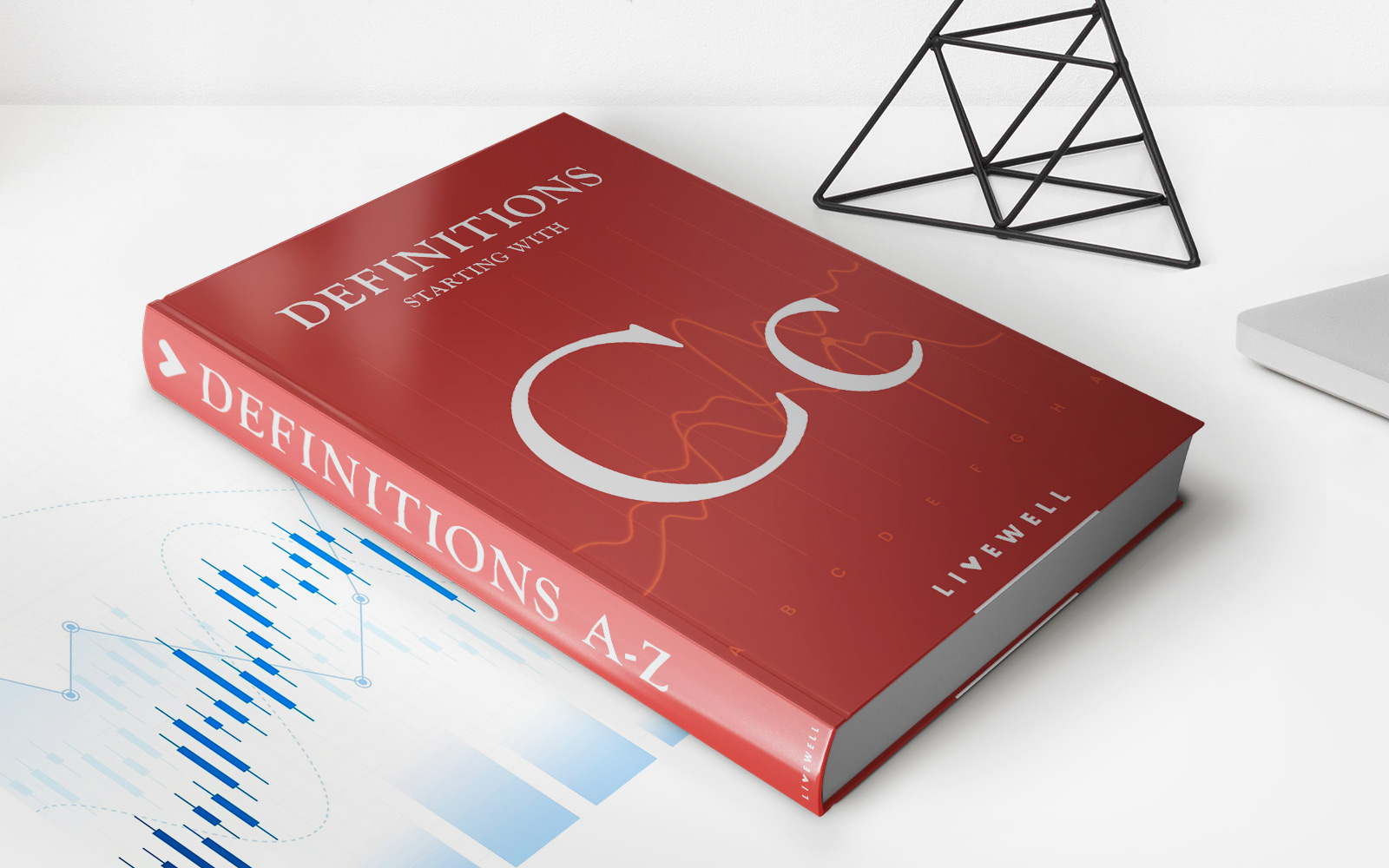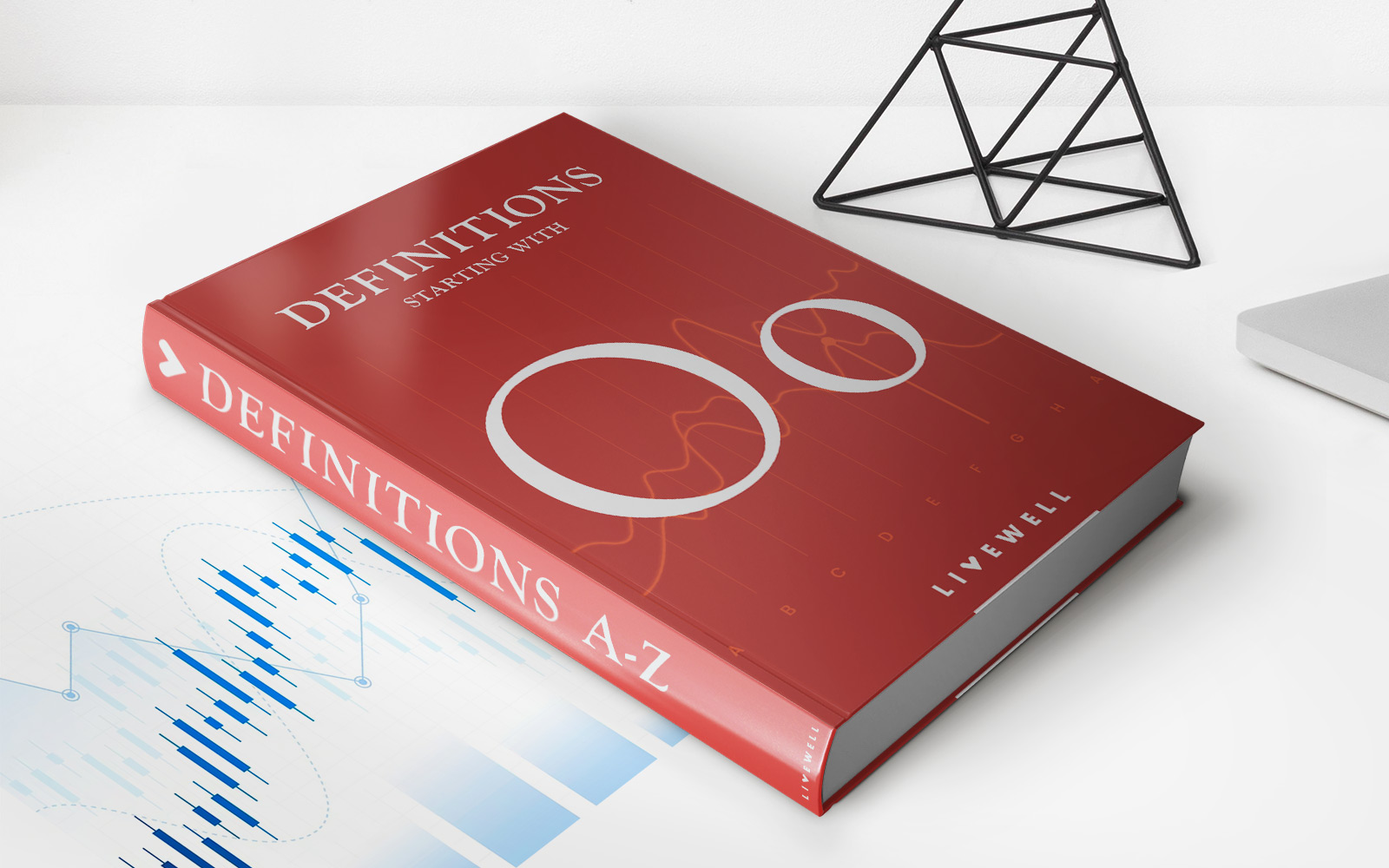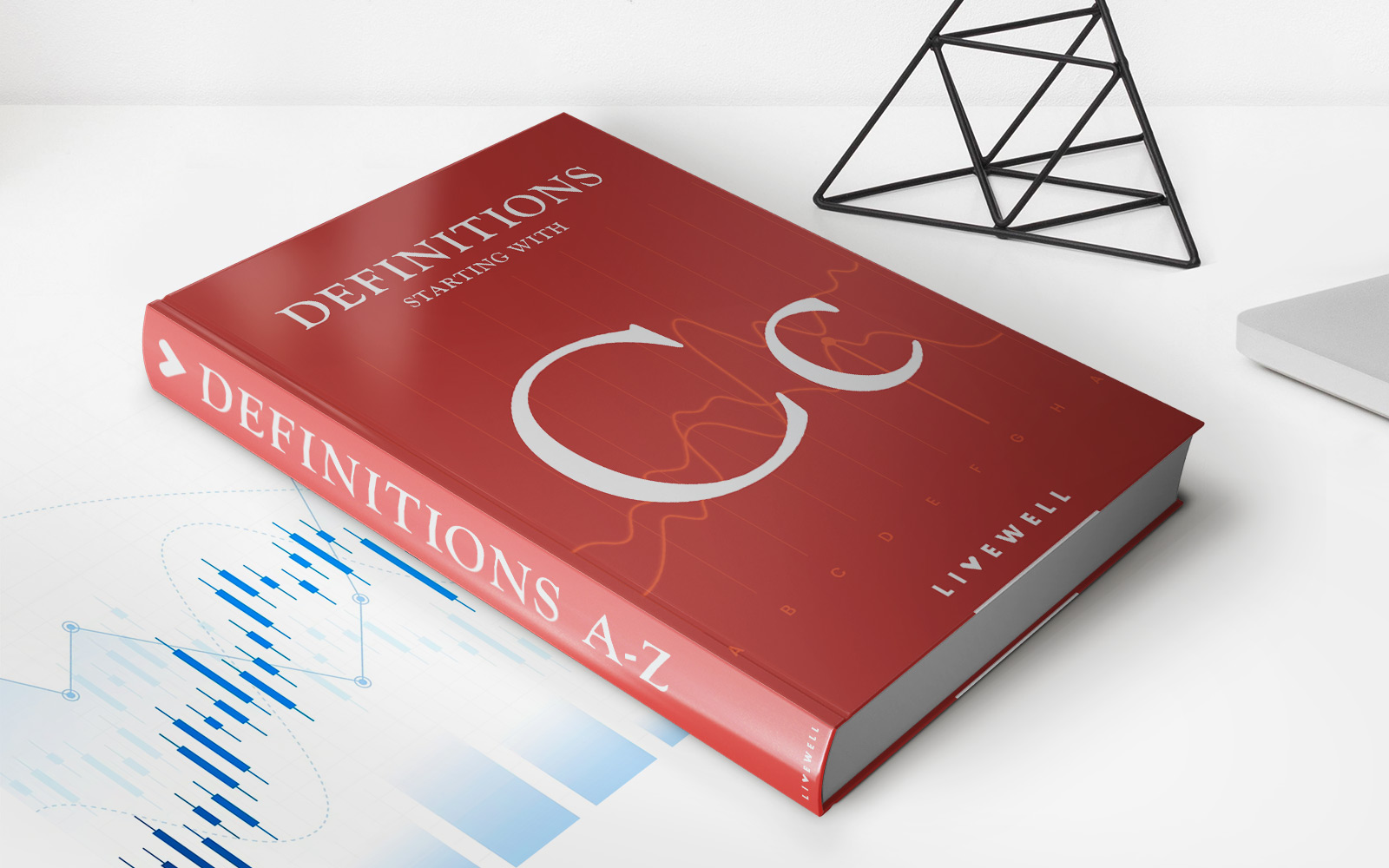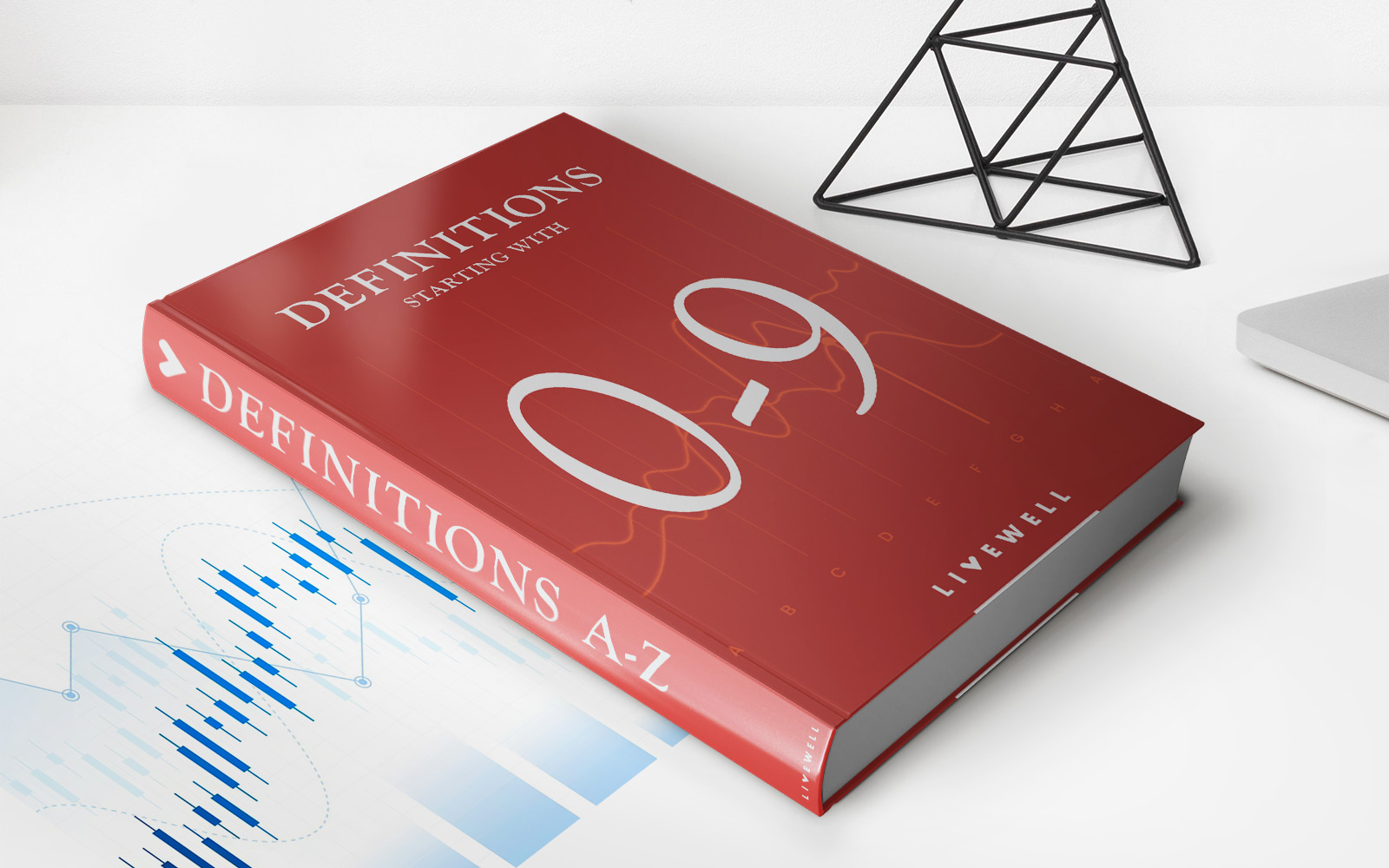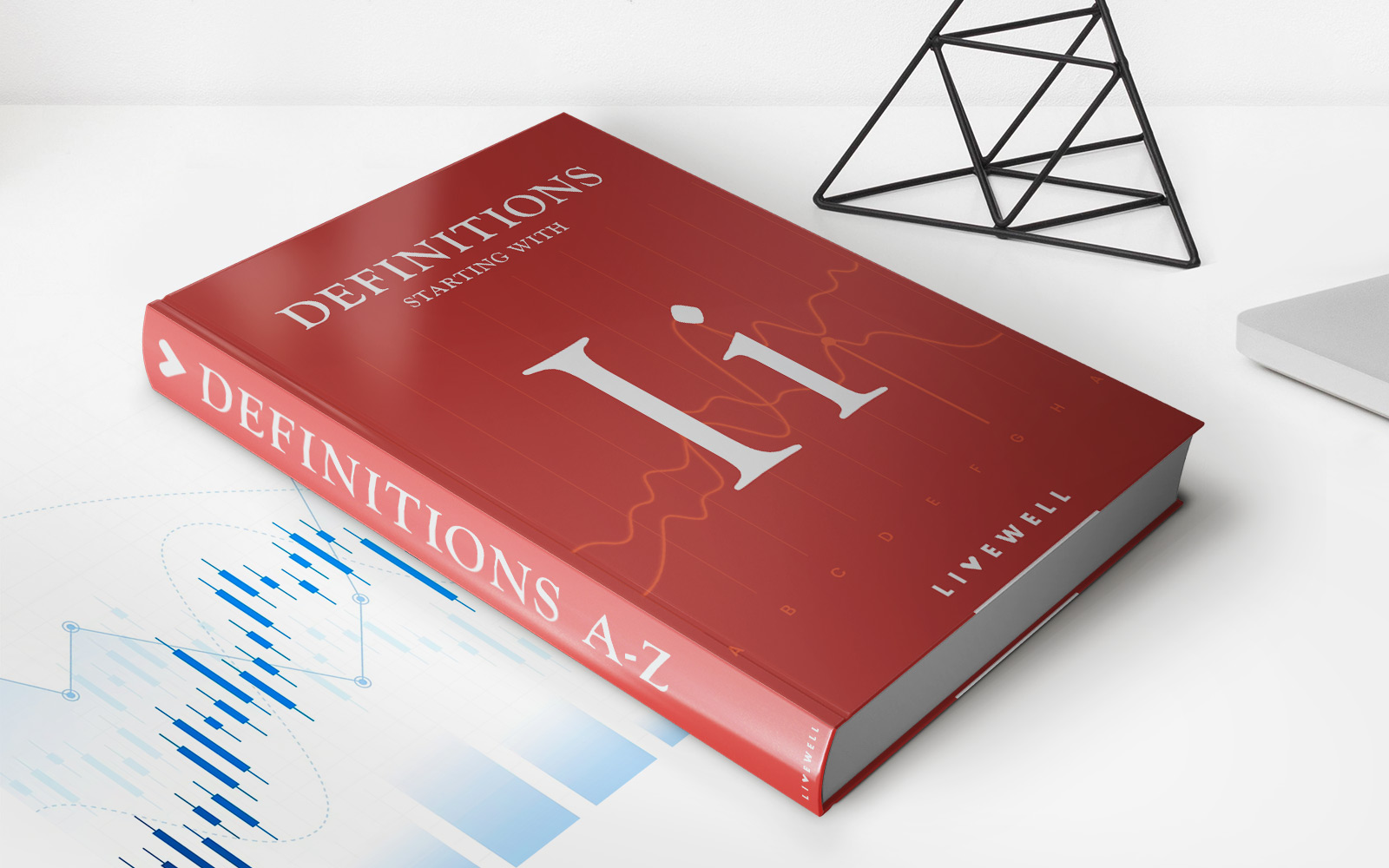Home>Finance>What Is A Crack-Up Boom? Definition, History, Causes And Examples
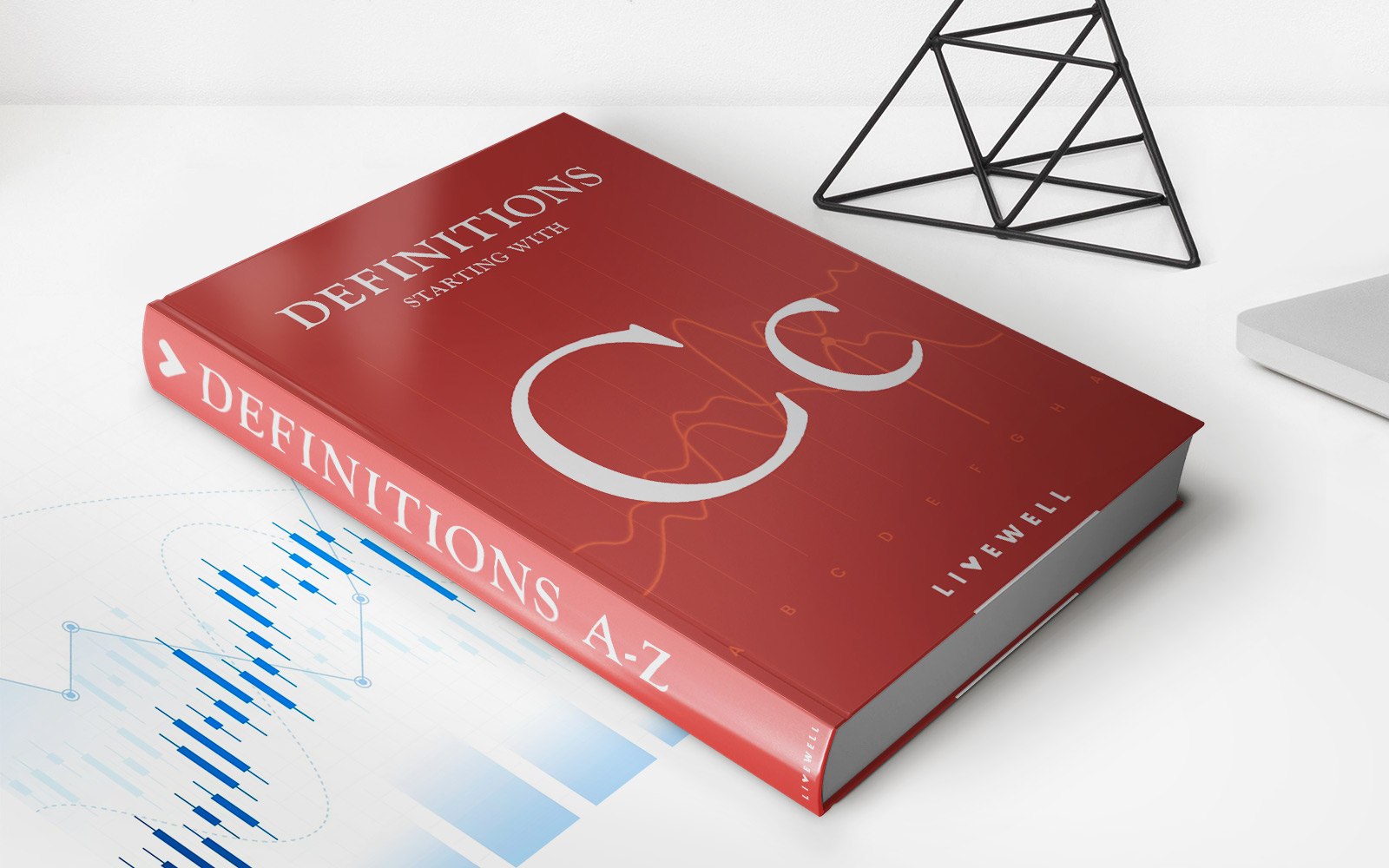

Finance
What Is A Crack-Up Boom? Definition, History, Causes And Examples
Published: November 4, 2023
Discover the definition, history, causes, and examples of a crack-up boom in finance. Gain insights into this economic phenomena and its impact on markets.
(Many of the links in this article redirect to a specific reviewed product. Your purchase of these products through affiliate links helps to generate commission for LiveWell, at no extra cost. Learn more)
What Is a Crack-Up Boom? Definition, History, Causes, and Examples
In the world of finance, there are many concepts and terms that might sound intimidating at first, but understanding them can help you navigate the complex landscape of the economic system. One such concept is the crack-up boom. In this blog post, we will explore the definition of a crack-up boom, its history, causes, and provide examples to help you grasp this important financial phenomenon.
Key Takeaways:
- A crack-up boom is an economic situation characterized by hyperinflation and a rapid decrease in the currency’s value.
- It is caused by excessive money printing, loss of confidence in the currency, and a breakdown of the economic system.
Now let’s dive deeper into understanding what exactly a crack-up boom is and how it affects economies.
Definition of a Crack-Up Boom
A crack-up boom refers to a situation where an economy experiences a rapid and complete collapse of its currency due to hyperinflation. It is a result of unsustainable monetary policies, usually involving excessive money printing by a central bank, which leads to the loss of confidence in the currency’s value. As a consequence, the value of the currency plummets dramatically, causing an increase in prices of goods and services.
History and Causes of Crack-Up Booms
Crack-up booms have occurred throughout history, often during times of economic turmoil or political unrest. One notable example is the hyperinflation in Weimar Germany in the 1920s, where the German mark became virtually worthless, leading to a breakdown of the economy and severe social and political consequences.
Crack-up booms are typically caused by a combination of factors, including:
- Excessive Money Printing: The central bank or government increases the money supply at an unsustainable rate, leading to a surge in the amount of money in circulation.
- Loss of Confidence in Currency: The rapid increase in the money supply erodes confidence in the currency’s value, leading people to exchange it for goods, services, or other stable currencies.
- Breakdown of Economic System: As the currency loses its value, businesses struggle to function, trade becomes difficult, and the economic system crumbles.
Examples of Crack-Up Booms
While crack-up booms might seem like a rare occurrence, history has shown us several examples. Some well-known instances include:
- Weimar Germany (1921-1924): The hyperinflation in Weimar Germany is one of the most severe crack-up booms in history. The German mark became almost worthless, and people used it as fuel to heat their homes or wallpaper.
- Zimbabwe (2008-2009): Zimbabwe experienced one of the worst hyperinflations in modern history. At its peak, the inflation rate reached billions of percent per month, rendering the Zimbabwean dollar virtually worthless.
- Venezuela (2016-present): Ongoing economic and political instability in Venezuela has led to hyperinflation and the rapid depreciation of the Venezuelan bolivar. The country’s economy has faced a severe contraction, and people struggle to meet basic needs due to the devaluation of their currency.
In Conclusion
A crack-up boom is a phenomenon associated with hyperinflation and a rapid decrease in the value of a currency. It is caused by excessive money printing, loss of confidence in the currency, and ultimately leads to a breakdown of the economic system. Understanding the potential consequences of a crack-up boom can be essential for economists, investors, and individuals alike to make informed decisions and protect their financial well-being.
Remember, while crack-up booms might be extreme and rare events, their impact can be severe and long-lasting. So keep an eye on the global economic landscape, stay informed, and be prepared to adapt to changing financial situations.
